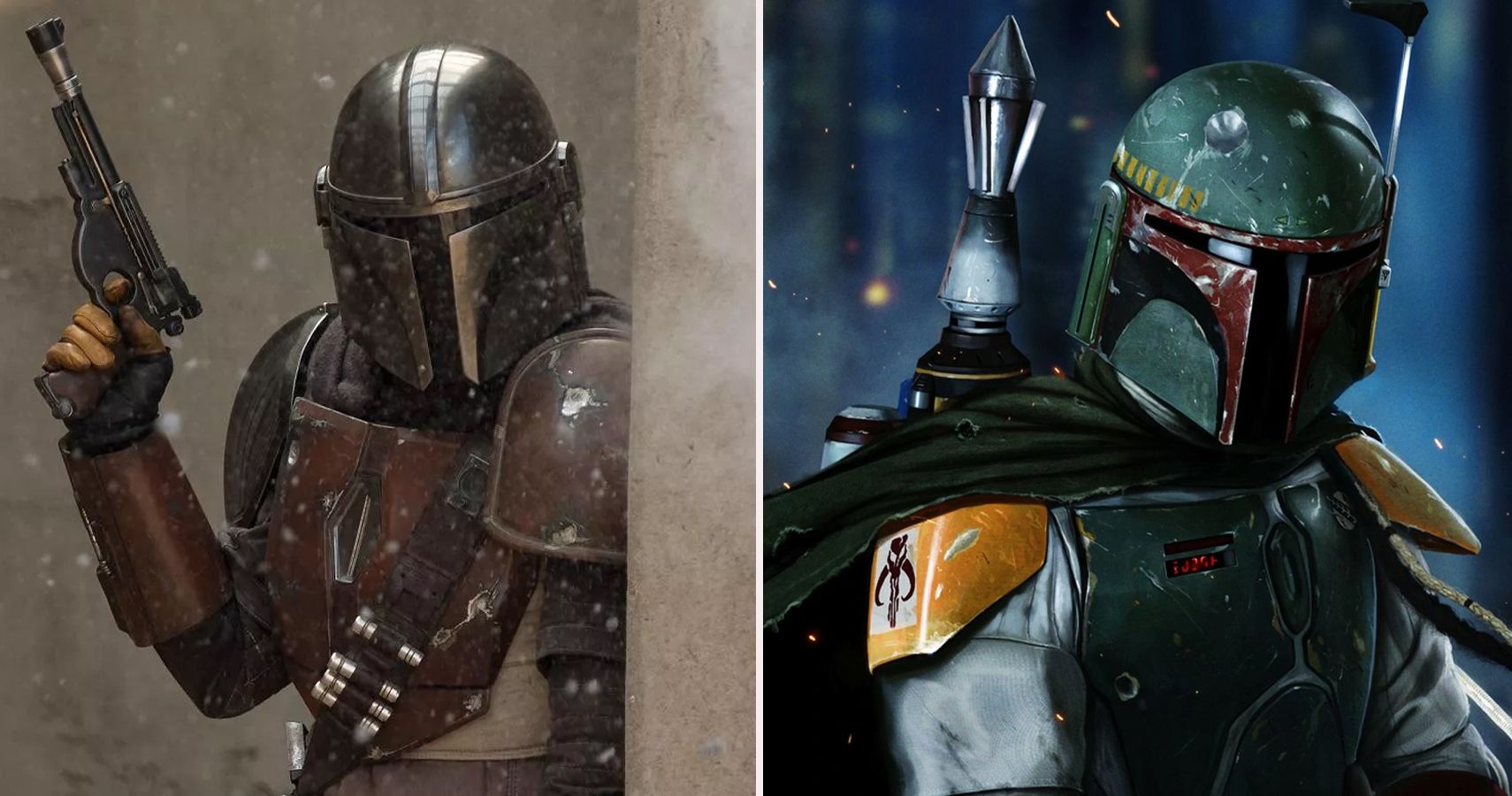
They featured more guns and greater all around coverage, including a main turret gun-although the gunner was left to hang out on his lonesome in an open cupola.

Republic armor platforms used by the clone army were lower to the ground and had a better center of gravity. (One might wonder why the Empire deviated from the armored vehicles of the Old Republic. The villagers take advantage of their aquaculture lifestyle to dig their ponds even deeper, with the hope that a wrong step will force the AT-ST off-balance and make it collapse-the great drawback to all of the Imperial Walker family of armored platforms. Cara Dune would receive a “go” for all the performance measures for this US Army medical task. That's a great way for both people to end up shot, which is why the military advises the method that Cara Dune adopts when the Mandalorian gets wounded in a firefight in the last episode: Drag the casualty into cover for assessment while providing vast quantities of covering fire.
#Star wars mandalorian tv#
It also offers a corrective to most TV shows, in which the method of helping a casualty is to run up and try to render first aid as bullets-or in this case, blasters-fly all around them. It nails details as small as the way Stormtroopers move with their blasters at shoulder level, prepared to fire. The show itself is a masterpiece of low-key military moments. As if that weren’t enough, the show also introduces Cara Dune, an ex-Rebel special forces operative turned mercenary who also has tactical chops. In the Mandalorian, the Star Wars universe for the first time has a character who engages in believable combat. I refer to the Mandalorian himself: a protagonist who finally understands military tactics. No, not Baby Yoda-although, yes, I would die for that damn thing. After nine Star Wars movies, two Star Wars stories, and countless TV show episodes, The Mandalorian has finally given us something utterly priceless.


 0 kommentar(er)
0 kommentar(er)
